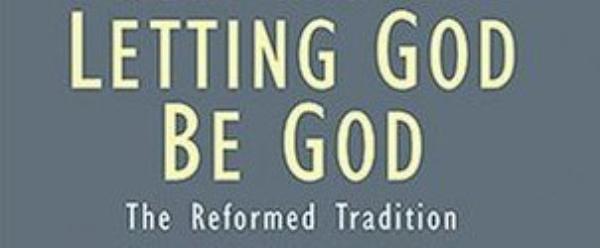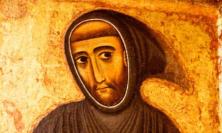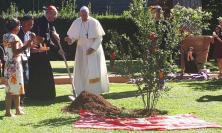David Cornick’s book, part of the Traditions of Christian Spirituality series, promises to be ‘fresh in style and accessible to the general reader’. While the former was true, the latter assertion was marred slightly by a presumption on the part of Cornick that readers would have a certain working knowledge of ideas like predestination or election. Since these two doctrines were at the centre of much debate in the Reformed tradition from its earliest days, an unambiguous understanding of terms is necessary to fully understand the spirituality that flows from them. Unfortunately, a lack of clear definition leads those from other religious traditions or the ‘general readers’ to rely on their own (often mis-) perceptions, possibly misinterpreting the tradition completely. Such a deficiency also makes it difficult to understand Cornick’s claim that predestination is ‘a theological inevitability’.
Despite this mistaken presupposition on Cornick’s part, his book offers insights into often overlooked or misunderstood elements of the Reformed tradition that might be of particular interest to Catholics, as well as to other faith communities and those of no faith. An emphasis on Scripture (the Word), for instance, was clearly at the heart of the Reformation. Yet Cornick moves beyond this simplistic statement as he teases out the ramifications of preaching ‘the Word which confronts us, engages our imagination and intellect, and mediates Christ to us’. When done thoughtfully, preaching and the proclamation of the Gospel transform the lives of the listeners, leading them to become a ‘worldly people’. Habitual prayer, both private and public, strengthens people in their task to serve others. The Reformed are Marthas, rather than Marys.
Although the earliest Reformers focused on God’s transcendence as a reaction to the prevailing overemphasis on God’s immanence, modern thinkers have striven for more balance between the two. God still remains ‘beyond’ the world and should not be confused with it, yet ‘all space is sacred because the world crackles with the rationality of God’s providential ordering’. Hence, the church building is no longer the only sacred space for the Reformed.
Cornick uses two of the most well known Dutch artists, Rembrandt and Van Gogh, to demonstrate vividly this aspect of Reformed spirituality that avoids dividing the world into sacred and secular spaces. Rembrandt’s myriad paintings of ordinary places, people and things show the beauty of God in the world. And Van Gogh’s Starry Night is ‘where the Reformed would expect to encounter God’, not constrained to the darkened churches painted below. In many ways, the portrait of Reformed spirituality painted by Cornick seems reminiscent of Gabriel Marcel and Catholic existentialism: that we are ‘in the presence of a mystery…of a reality rooted in what is beyond the domain of the problematical… it envelops me and it comprehends me – even if it is not comprehended by me’.
This world in which a transcendent God is made immanent is the world in which, ‘Christ was not crucified on a cathedral altar between two candlesticks, but on a city rubbish dump between two thieves’. In Cornick’s eyes, Reformed spirituality is about social concern, political life, and a vocation that is engaged in the world. This latter belief echoes Vatican II statements on the role of the laity laid out in Lumen Gentium and Gaudium et Spes. Perhaps a deeper, ecumenical and theological understanding of vocation could be drawn forth from these two similar views.
Throughout the book, Cornick uses prayers as examples of different concepts or schools of thought within Reformed spirituality. While some of these detract from the read and disturb the overall flow of the text, one prayer by George MacLeod, founder of the Iona Community, seems to explain everything that Cornick had earlier tried to show through history and ‘archaeology’:
You are released, resplendent, in the loving mother,
the dutiful daughter, the passionate bride
and in every sacrificial soul.
Inapprehensible we know You, Christ beside us.
Intangible, we touch You, Christ within us.
With earthly eyes we see ourselves, dust of dust, earth of
the earth; fit subject at last for the analyst’s table. But
with the eye of faith, we know ourselves all girt about of
eternal stuff,
our minds capable of Divinity
our bodies groaning, waiting for the revealing,
our souls redeemed, renewed.
Intangible we touch You, Christ within us.
When prefaced with some background reading to grasp the concepts of predestination and election, this book would be a valuable read for anyone involved in ecumenical ministry, as it moves the reader past predestination, iconoclasm, and Calvin to a truly rich spirituality from which much could be learned in other traditions. Catholics, in particular, might be amazed at how similar some elements of the Reformed tradition are to their own ‘reformed’ tradition. By letting God be God in His transcendence and immanence, humans can discover God in every arena of life, not simply in worship on Sundays.
Elizabeth Paulhus






